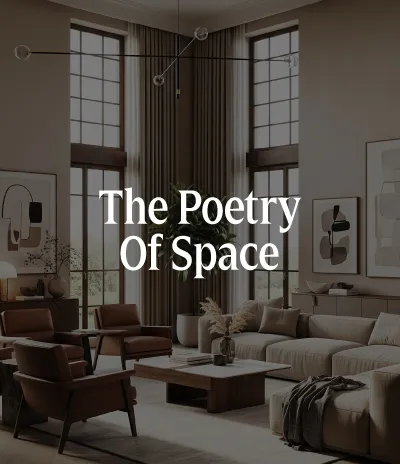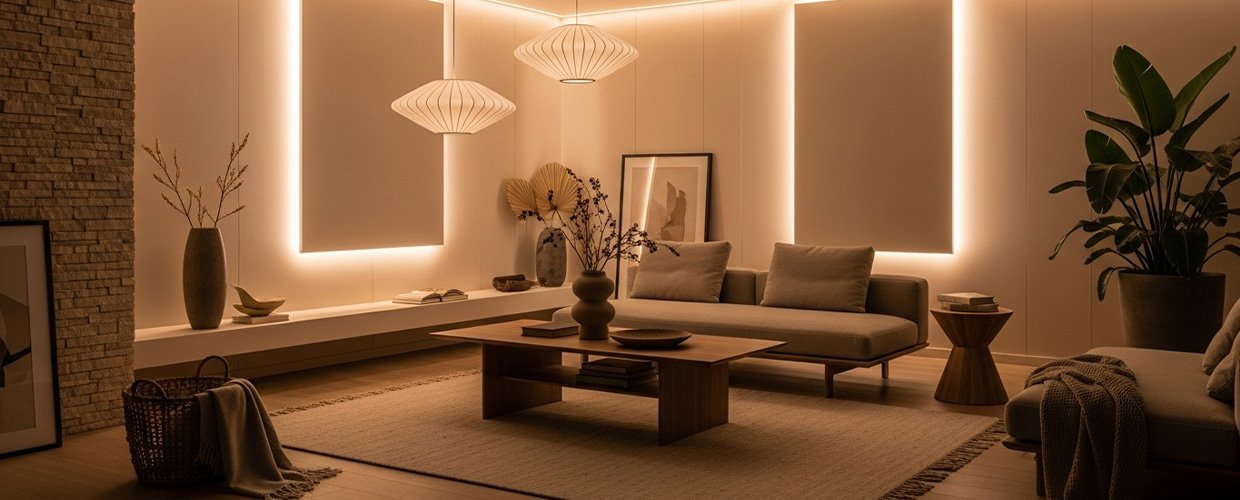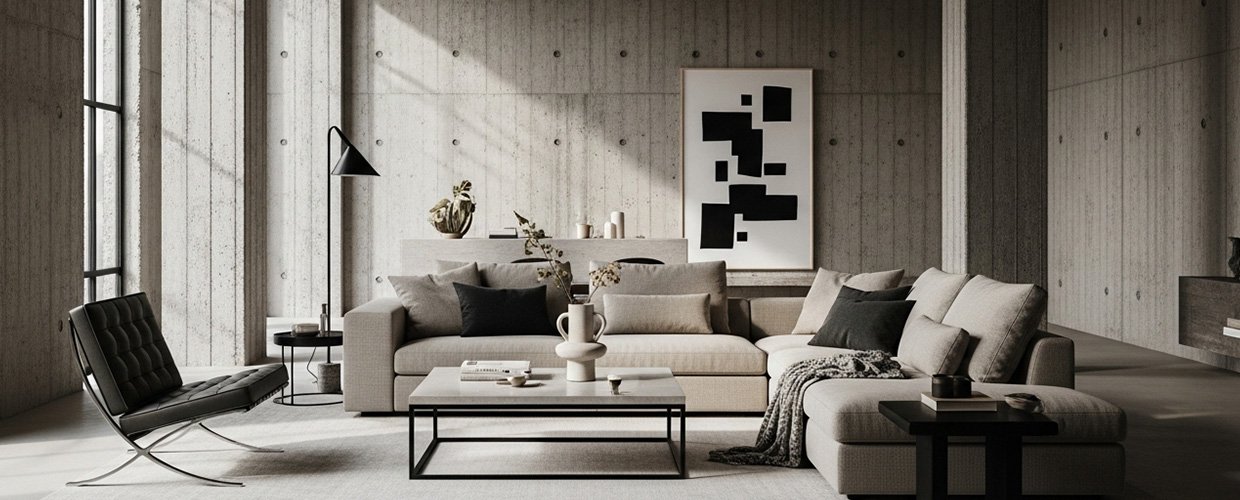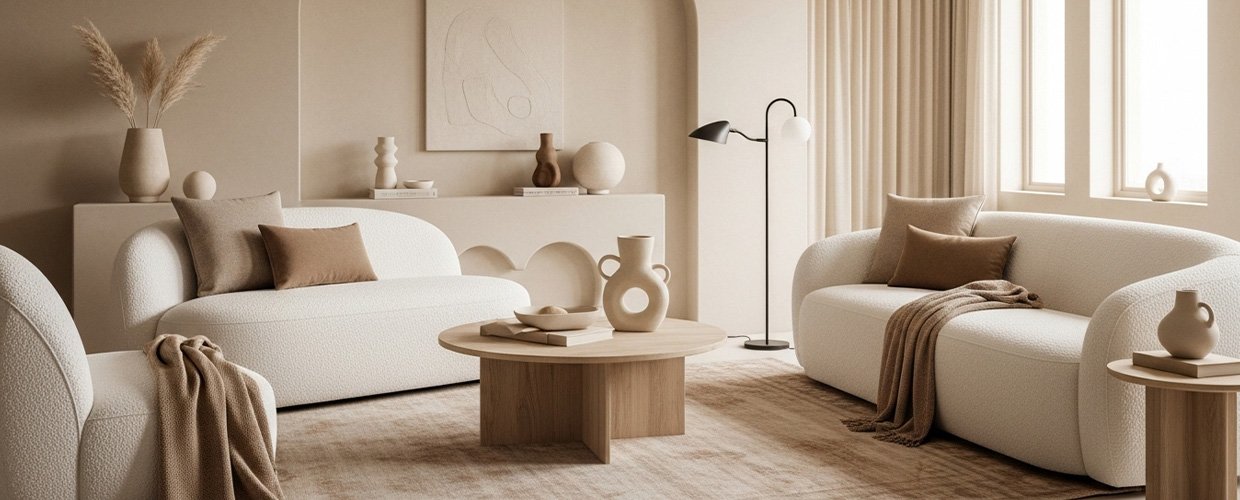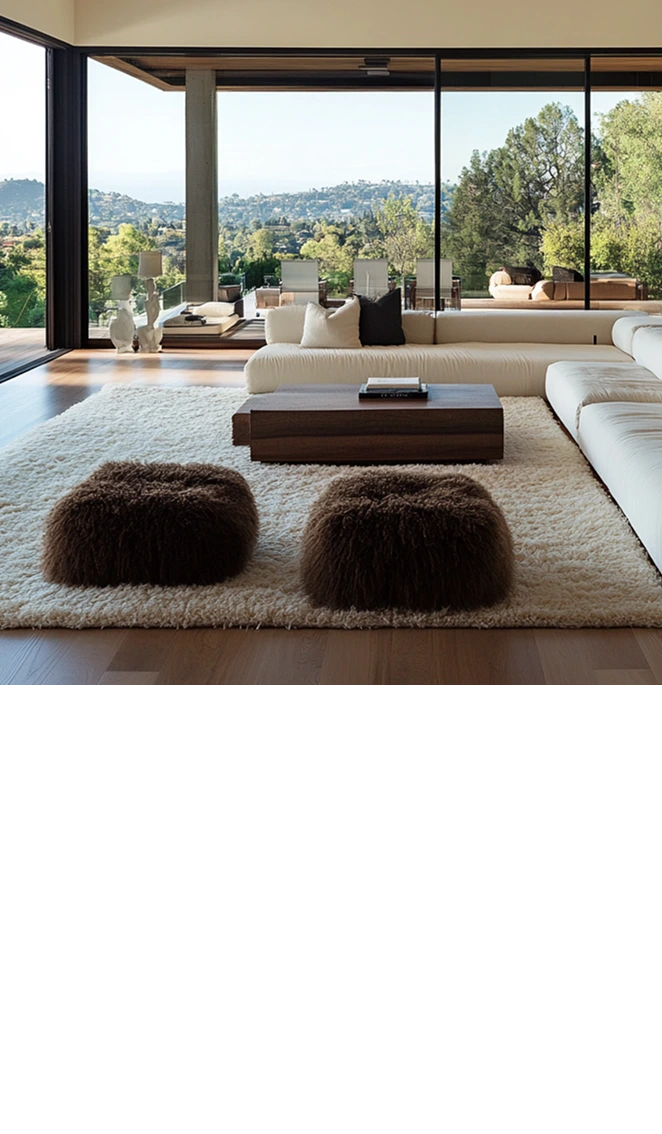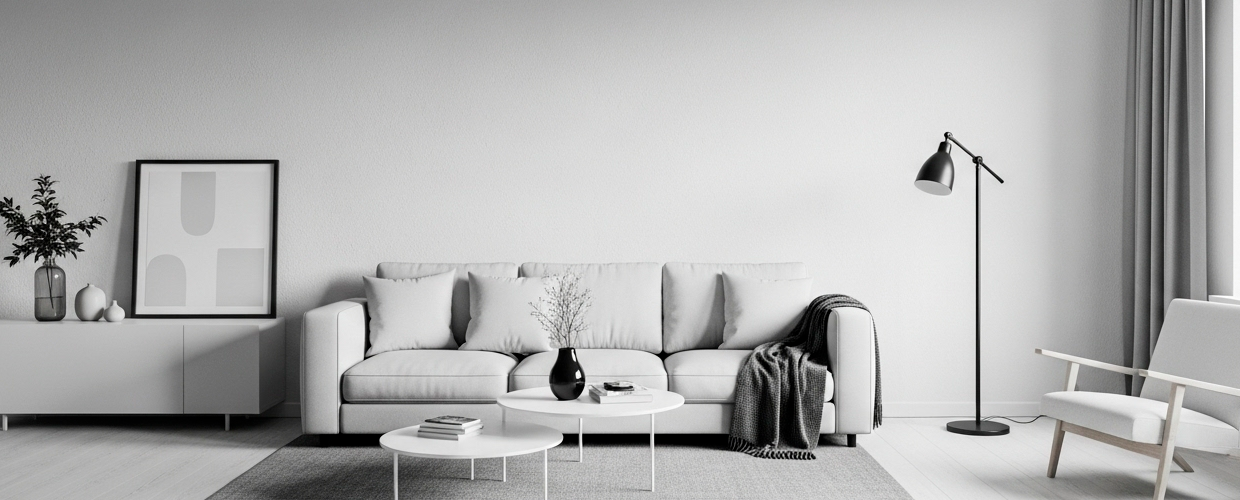
July 25, 2025
10 Common Mistakes to Avoid in Minimalist Interior Design
Minimalist interior design has gained immense popularity in recent years due to its clean lines, simplicity, and the calming atmosphere it promotes. However, achieving the perfect minimalist look is not as straightforward as it may seem. Many enthusiasts and even seasoned designers can make mistakes that disrupt the harmony and functionality of a minimalist space. Understanding these pitfalls is crucial for anyone looking to create a serene, uncluttered environment that truly embodies the minimalist ethos. This article explores the ’10 Common Mistakes to Avoid in Minimalist Interior Design,’ offering valuable insights into the nuances of this design philosophy. By avoiding these common errors, homeowners and designers can create spaces that are not only aesthetically pleasing but also practical and comfortable. Minimalism is not just about reducing clutter; it’s about making thoughtful choices that enhance the space’s utility and beauty. Whether you’re redesigning a single room or an entire home, recognizing these mistakes can save time, resources, and frustration. From over-accessorizing to ignoring the importance of natural light, each mistake can have a significant impact on the overall feel of a space. This introduction sets the stage for a deeper exploration of these common pitfalls, providing readers with the knowledge needed to avoid them and achieve a successful minimalist design. By understanding the core principles of minimalism and the common missteps, one can transform any space into a tranquil haven that reflects simplicity and elegance.
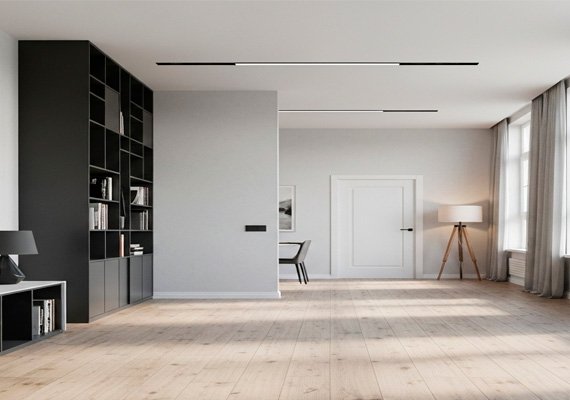
One of the most frequent mistakes in minimalist interior design is over-accessorizing. While accessories can add personality and interest to a space, too many can quickly overwhelm the clean lines and open spaces that are hallmarks of minimalism. It’s essential to select a few key pieces that resonate with the room’s overall aesthetic and purpose. For example, a single, large piece of art can serve as a focal point without cluttering the space. Similarly, choosing accessories that serve a dual purpose, such as decorative storage boxes, can help maintain the minimalist look while providing functionality. Another common error is neglecting the importance of texture. In a minimalist space where color palettes are often neutral, texture plays a critical role in adding depth and interest. Incorporating a variety of textures through materials like wood, metal, and textiles can create a rich, layered look that remains true to minimalist principles. Additionally, failing to consider the flow and function of a space can lead to a design that, while visually appealing, does not meet the practical needs of its users. Minimalism should enhance, not hinder, the usability of a space. Thoughtful furniture arrangement and the selection of multifunctional pieces can ensure that a minimalist space is both beautiful and functional. Lastly, many people overlook the power of lighting in minimalist design. Proper lighting can accentuate the simplicity and elegance of a space, while poor lighting can make it feel cold and unwelcoming. Utilizing natural light, along with strategically placed artificial lighting, can enhance the ambiance and highlight the design’s simplicity. By being mindful of these common mistakes, anyone can achieve a successful minimalist interior that is both stylish and practical.
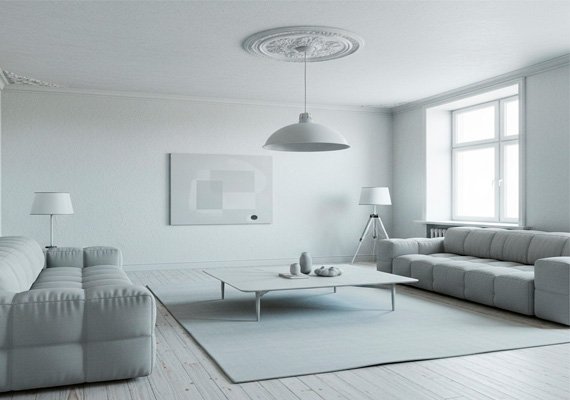
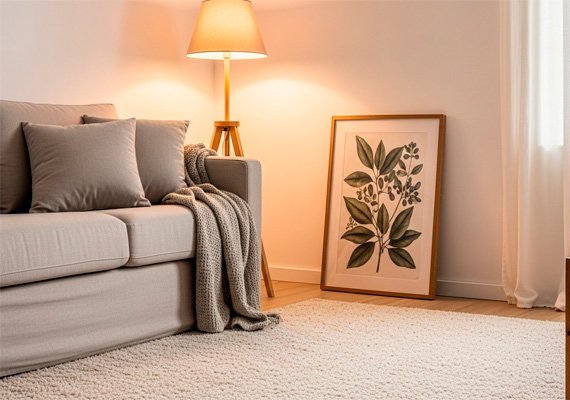
In conclusion, minimalist interior design is an art that requires careful consideration and thoughtful planning. By avoiding the ’10 Common Mistakes to Avoid in Minimalist Interior Design,’ individuals can create spaces that are not only visually appealing but also functional and comfortable. Key takeaways include the importance of restraint in accessorizing, the role of texture in adding depth, and the necessity of considering both form and function in design choices. Additionally, recognizing the impact of lighting and the strategic use of color can significantly enhance the minimalist aesthetic. These insights provide a roadmap for achieving a minimalist design that truly reflects simplicity and elegance. Whether starting from scratch or refining an existing space, these principles can guide decisions and ensure a harmonious, uncluttered environment. Ultimately, minimalism is about creating a space that serves its purpose while bringing peace and tranquility to its inhabitants. By focusing on quality over quantity and making intentional design choices, anyone can master the art of minimalist interior design. As you embark on your minimalist journey, remember that simplicity is not about deprivation but about finding beauty and functionality in the essentials. With these key takeaways in mind, you are well-equipped to transform your space into a minimalist haven that embodies both style and substance.
TRENDING NOW

